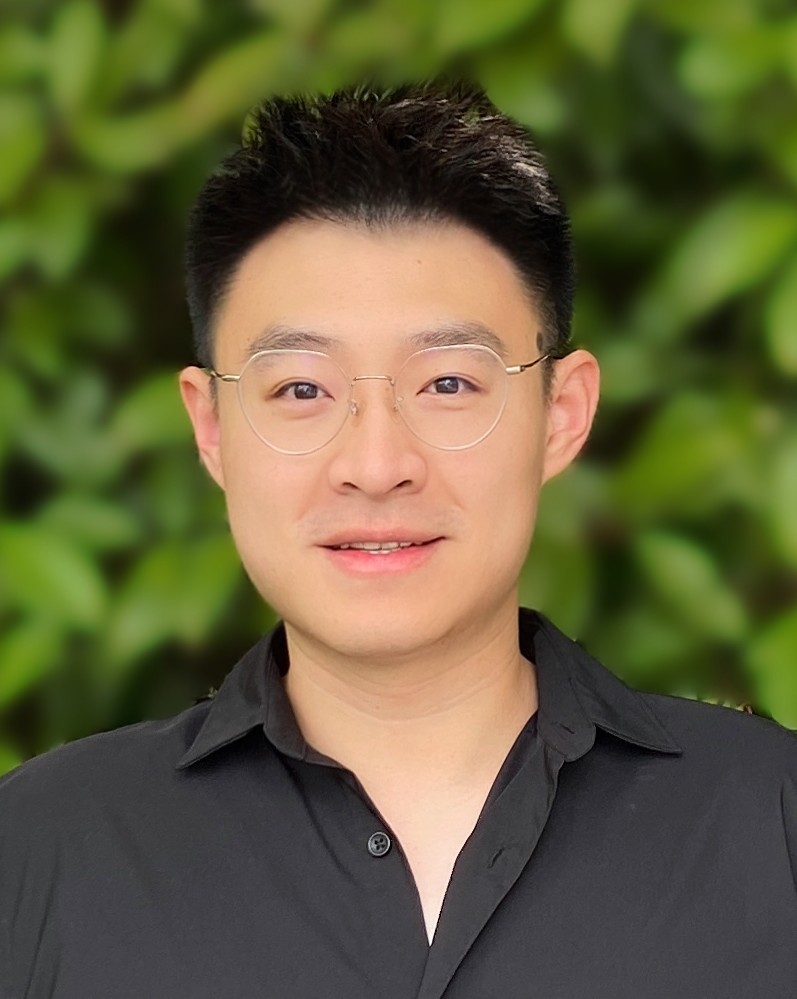An immersed boundary/multi-relaxation time lattice Boltzmann method on adaptive octree grids for the particle-resolved simulation of particle-laden flows
Published in Journal of Computational Physics, 2022
Recommended citation: Zihao Cheng and Anthony Wachs. An immersed boundary/multi-relaxation time lattice Boltzmann method on adaptive octree grids for the particle-resolved simulation of particle-laden flows. Journal of Computational Physics, 471:111669, 2022. https://www.sciencedirect.com/science/article/pii/S002199912200732X?via%3Dihub
Abstract: We present an immersed boundary/multi-relaxation time lattice Boltzmann method for the particle-resolved simulation of particle-laden flows. The no-slip boundary condition is handled by an explicit feedback immersed boundary method for fixed and moving particles with arbitrary shapes. Two special treatments are applied to improve the simulation stability and accuracy: (i) a smoothed discrete delta function (Yang et al., 2009) is adopted to suppress the spurious force oscillations and (ii) a multi-relaxation time collision operator is utilized to fix the viscosity-dependent numerical slip error of the immersed boundaries. To further reduce the computational effort, we extend the method from fixed and uniform Cartesian grids to adaptive quadtree/octree grids by implementing it in the open-source software Basilisk. A Lax-Wendroff streaming operator is adopted in our method to retain second-order accuracy in both space and time on non-uniform grids, as well as to maintain a unified time scale over the entire computational domain. Consequently, one collision-streaming operation only is required per time step at all grid levels. We test our proposed method on a set of validation cases corresponding to assorted incompressible flows with fixed and moving rigid particles in both 2D and 3D. The accuracy and robustness of our method are demonstrated via thorough comparison with the analytical, experimental and numerical data provided in the literature.
